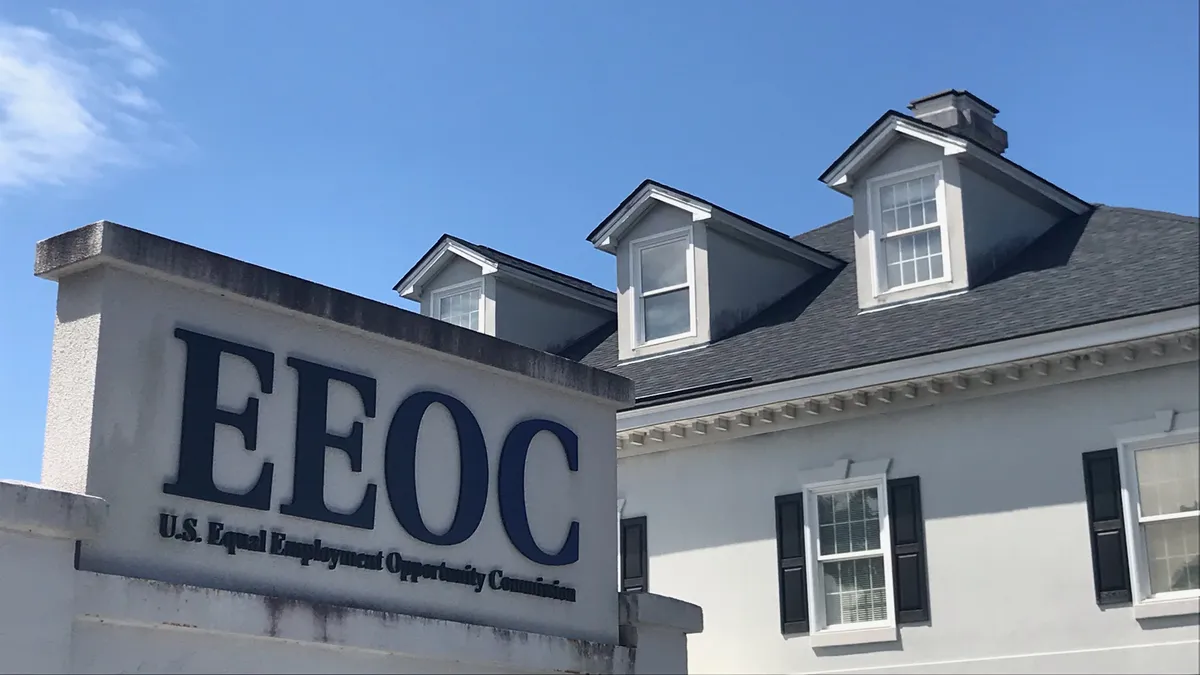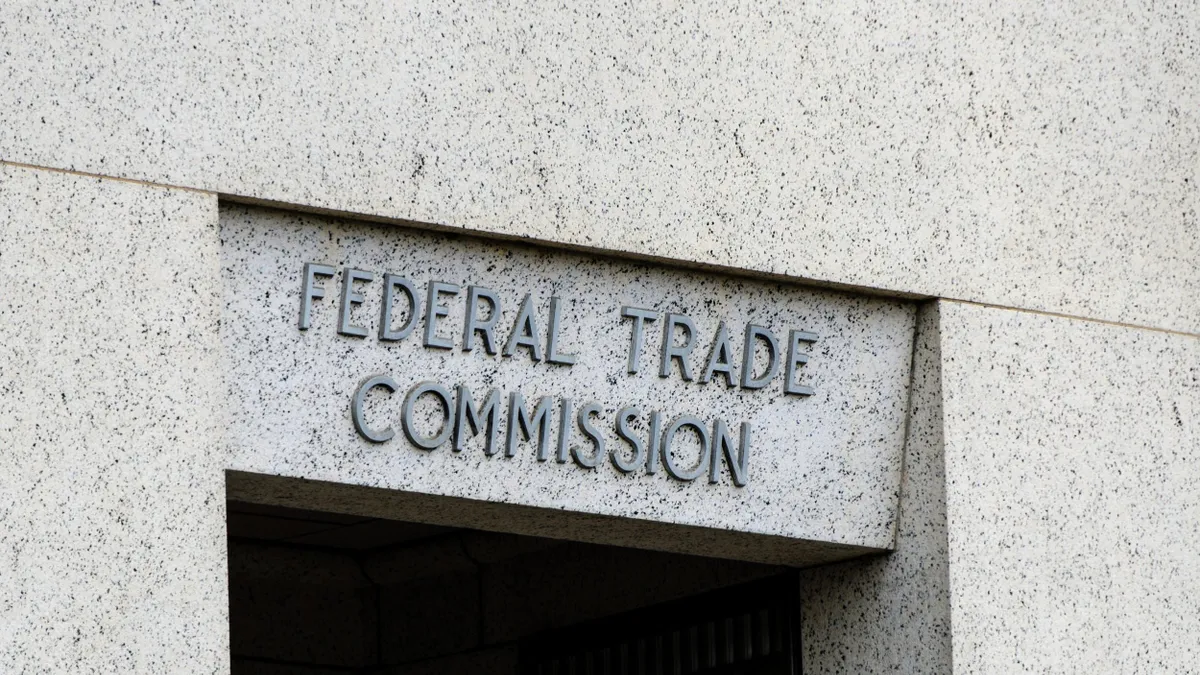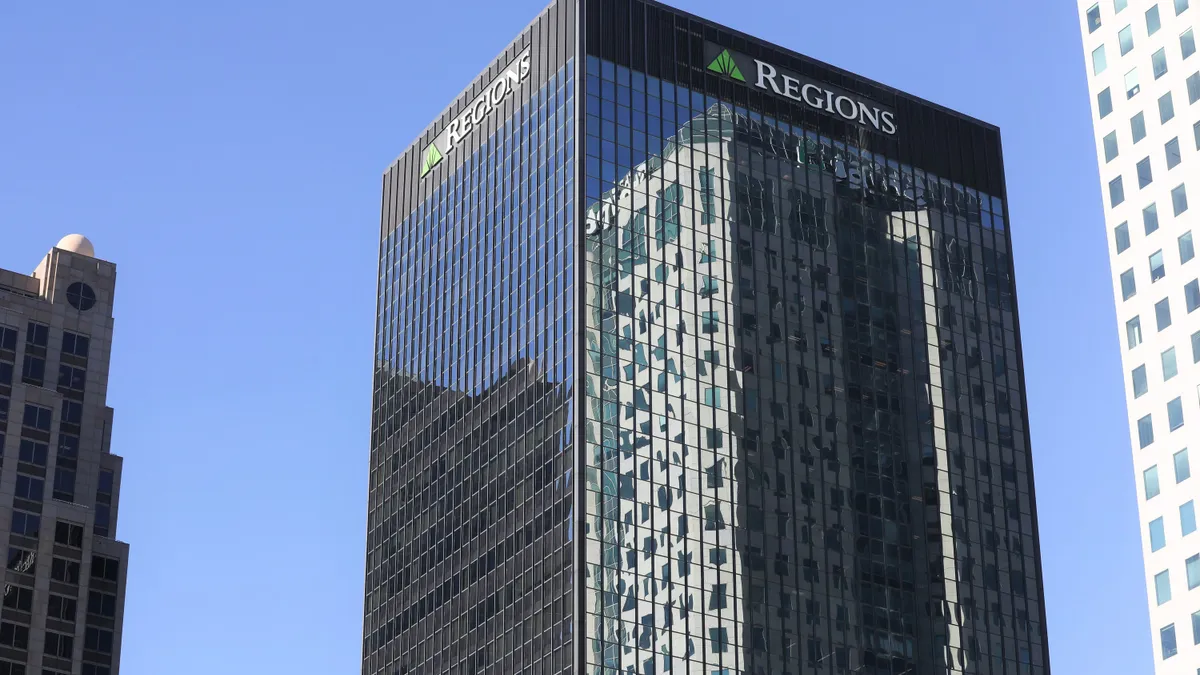Supervisory failures and poor bank management are to blame for last month’s collapse of Silicon Valley Bank, the Federal Reserve outlined in a Friday report investigating what went wrong with its oversight of the regional lender.
SVB failed due to a “textbook case of mismanagement,” as bank leadership failed to manage basic interest rate and liquidity risk, Fed Vice Chair for Supervision Michael Barr, who oversaw the investigation, said on Friday. Meanwhile, Fed supervisors were slow to identify problems and take action, he said.
“SVB’s failure demonstrates that there are weaknesses in regulation and supervision that must be addressed,” Barr said in a statement on Friday. “Regulatory standards for SVB were too low, the supervision of SVB did not work with sufficient force and urgency, and contagion from the firm’s failure posed systemic consequences not contemplated by the Federal Reserve’s tailoring framework.”
Santa Clara, California-based bank was taken over by federal regulators on March 10, marking the largest bank failure since the 2008 financial crisis.
The lender, which had a high percentage of uninsured deposits, experienced a bank run after the firm’s disclosure of a $1.8 billion loss spooked depositors, who then tried to withdraw more than $42 billion in a day.
The bank’s closure on March 10 created a crisis of confidence in the banking sector, which led to a similar spiral at New York-based Signature Bank, which was taken over by regulators just days later.
“The Federal Reserve did not appreciate the seriousness of critical deficiencies in the [SVB]’s governance, liquidity, and interest rate risk management,” Fed officials said in the 102-page report. “These judgments meant that Silicon Valley Bank remained well-rated, even as conditions deteriorated and significant risk to the firm’s safety and soundness emerged.”
The bank, which catered heavily to tech and startup firms, grew rapidly from $71 billion to over $211 billion in assets from 2019 to 2021, the report noted. The bank, however, was not subject to heightened supervisory or regulatory standards, Fed officials said.
“For governance, Silicon Valley Bank was rated satisfactory in terms of management for both the holding company and the bank from 2017 through 2021, despite repeated observations of weakness in risk management,” according to the report.
In terms of liquidity, the bank was rated strong during the same period and subject to limited-scope liquidity reviews as part of guidelines for smaller firms, “despite its significant asset growth and idiosyncratic business model,” Fed officials said.
Friday’s post-mortem also notes the role social media may have played in accelerating SVB’s bank run.
“[T]he combination of social media, a highly networked and concentrated depositor base, and technology may have fundamentally changed the speed of bank runs,” Barr said. “Social media enabled depositors to instantly spread concerns about a bank run, and technology enabled immediate withdrawals of funding.”
Barr on Friday called for regulators to implement stronger supervisory frameworks in an effort to “improve the speed, force, and agility of supervision.”
“Following Silicon Valley Bank’s failure, we must strengthen the Federal Reserve’s supervision and regulation based on what we have learned,” Barr said. “As risks in the financial system continue to evolve, we need to continuously evaluate our supervisory and regulatory framework and be humble about our ability to assess and identify new and emerging risks.”
Barr said the Fed plans to re-evaluate a range of rules — relaxed under the Trump administration — that apply to banks with $100 billion or more in assets.
The central bank also plans to evaluate how it supervises and regulates liquidity risk, starting with the risks of uninsured deposits, as well as evaluate how to improve its capital requirements, Barr said.
In a press release accompanying the report, Fed Chair Jerome Powell said he supports the “recommendations to address our rules and supervisory practices.”
“I am confident they will lead to a stronger and more resilient banking system,” Powell said.
The Fed report comes as another regional bank, First Republic Bank, continues to lose deposits, sparking concerns that the San Francisco-based lender could be the next bank to fail.
















